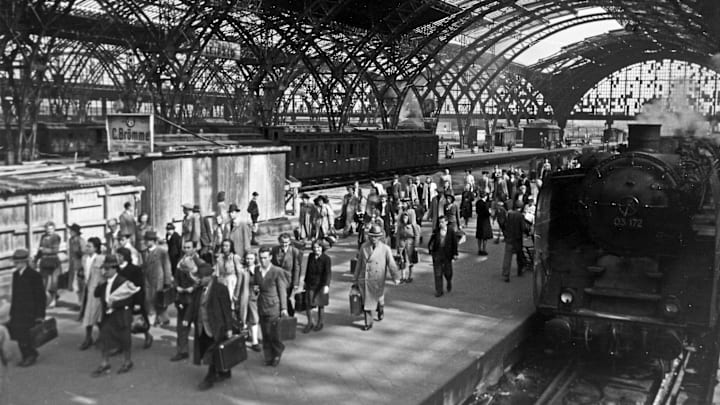The Light Rail Revolution: Transforming American Cities and Shaping History

The light rail system has had a profound impact on the development of cities in the United States, reshaping transportation, commerce, and urban growth. From its origins in the late 19th century to its resurgence in the modern era, light rail has been a game-changer for how Americans live, work, and travel. This essay explores the historical significance of light rail in the U.S. and how it has played a pivotal role in shaping the country’s urban landscape.
1. The Birth of Light Rail: A New Age of Mobility
Light rail emerged in the late 1800s as cities rapidly expanded due to industrialization and urbanization. The electric streetcar, a predecessor to modern light rail, provided affordable and efficient transportation for people moving between urban centers and newly developed suburban areas. Cities like San Francisco and New Orleans were among the pioneers of these systems, with tracks connecting residential neighborhoods to bustling downtowns. The introduction of light rail revolutionized mobility, allowing Americans to live farther from where they worked, which led to the growth of suburbs.
2. Boosting Commerce and Urban Growth
In the early 20th century, light rail systems contributed significantly to the economic growth of cities. By providing fast and affordable transportation, businesses could flourish as more people had access to commercial hubs. Light rail also played a vital role in shaping real estate markets, as areas near rail stations became prime locations for development. The ease of movement helped cities expand more efficiently, allowing for greater economic opportunities for residents and a booming real estate market.
3. Decline and Resurgence
By the mid-20th century, light rail saw a steep decline due to the rise of automobiles and the construction of highways. Many cities dismantled their streetcar systems in favor of cars, leading to traffic congestion and urban sprawl. However, in the late 20th century, light rail experienced a resurgence. Cities like Portland and Denver began reintroducing modern light rail systems as a solution to traffic problems and environmental concerns. These systems, designed with sustainability in mind, helped revitalize urban centers and reduce dependency on cars.
4. A Future of Sustainable Transportation
Today, light rail continues to play a key role in sustainable urban development. As cities aim to reduce carbon emissions and combat traffic congestion, light rail offers an environmentally friendly and efficient alternative. Its ongoing impact on urban planning and sustainable living ensures that light rail will remain a crucial component of American cities for years to come.
The history of light rail in the U.S. is a story of innovation, decline, and revival. Its transformative effect on urban growth and commerce remains undeniable, shaping the way Americans move and live.